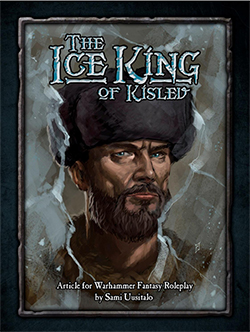These are a bunch of notes I put together for a friend who was working on a court supplement for WFRP. Although the supplement hasn’t, as far as I know, yet materialised, I thought I’d put these up here to help anyone wanting to reconstruct a convincing aristocratic court in the Empire. There’s quite a lot of it, so I’ll divide it into three posts. The information is taken and translated almost entirely from Rainer A. Müller, Der Fürstenhof in der frühen Neuzeit (Munich, 1995).
For Part Two go here, and for Part Three go here.
Ideally the court consisted of two groups of people, each of which undertook different functions even though the functions often overlapped in one person. One group, the Hofstaat [princely household] was entrusted with the personal care of the prince and his family. The other constituted the offices of state, such as the Hofrat/Geheimrat [both meaning Privy Council]. But the two areas were not separated in the patrimonial early modern state – Hofdienst [service at court] meant largely the same thing as Staatsdienst [state service]. The Hof [court] was at the same time centre of government and the prince’s household. Work in the central administration was couple to service to the prince and administrators had the additional status of being a personal servant of the prince.
The medieval court was dominated by the quattuor officia principalia [Four Principle Offices] of the Marschall [Lord High Marshal or Earl Marshal], Kaemmerer [Lord High Chamberlain], Truchsess [Lord High Steward/Seneschal] and Mundschenk [Cup-Bearer/Butler], but in the later Middle Ages and 16C, the importance of these offices varied greatly, with some becoming key and others losing in importance. But later the hierarchy became much more fixed, with the idea of places of honour (particularly the different statuses in seating positions at feasts) being extended to the administrative hierarchy.

